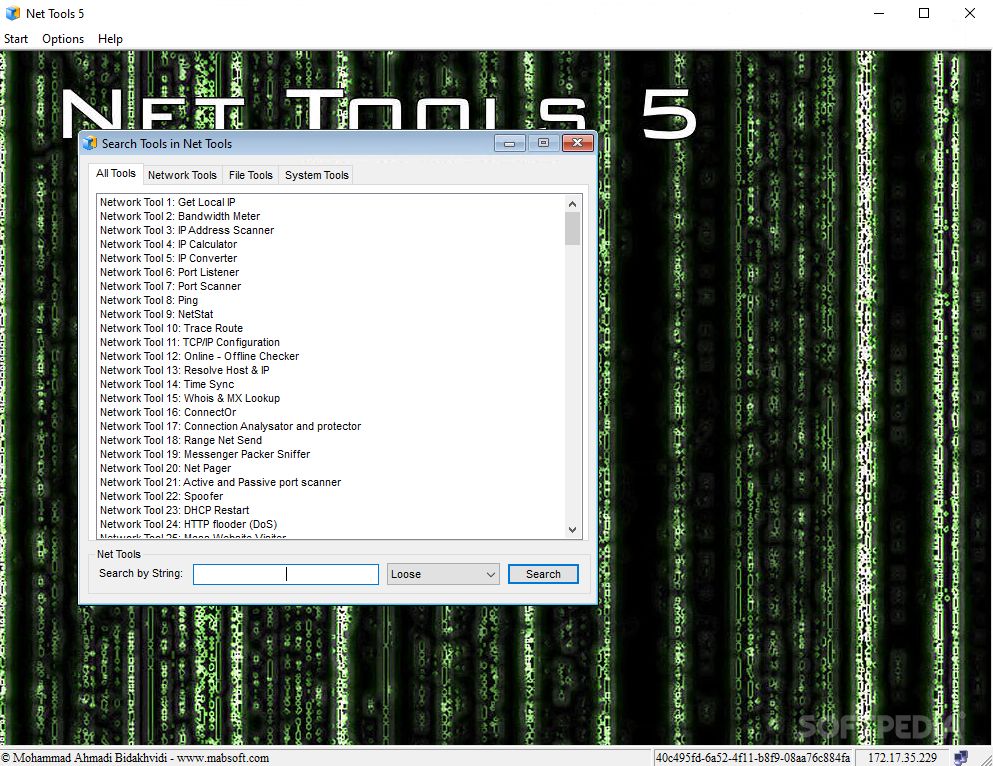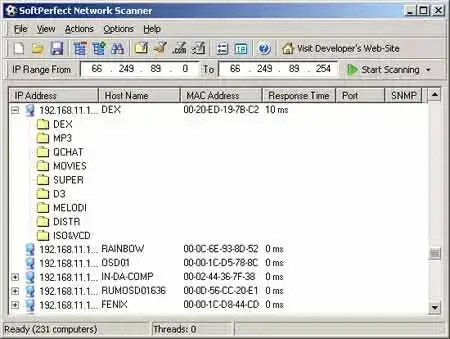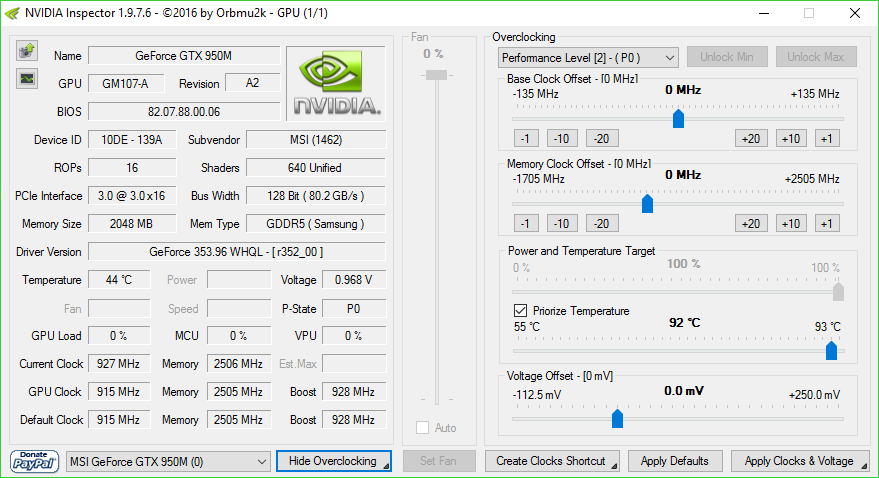

But before we start our scripting, let’s create a separate folder to house it. Now that we have our portable development environment (and a bunch of tools) in place, let’s go ahead and create a simple helloworld.php page to test whether the stick lives up to the shtick. Once you’ve downloaded all of your applications, and installed them via the PortableApps installer, it’s time to get acquainted with your new development environment. Best of all, every single one of them is available for download from the portable apps web site, which means installation is a breeze. While tons of apps are available in a portable format, I chose these applications because they provide us with the tools to get the job done. Read the section titled A Matter of Security on the Apache Friends site to find out more about what’s involved in securing your portable web environment.

If you’re planning on using this configuration to power a public-facing web site, you may want to think again. You should see a list of green "activated" notifications next to PHP and MySQL.Ĭongratulations - your portable PHP-enabled web server and database are up and running! Now click the Status link, which is located in the left sidebar. You should see the XAMPP for Windows start page pictured in Figure 3. Launch your web browser of choice, and enter in the address bar.Click the Start button for both Apache and MySQL.Open the XAMPP Control Panel, shown in Figure 2 above.The installer will take care of the rest. Launch the PortableApps Suite, and click Options.Extract the contents of this archive to the root directory of your portable drive.

My personal choice is XAMPP, which provides all of the essentials. Our next step will be to install the core of our web development environment. This program gives you a friendly front end, and will make installing other portable applications on our flash drive a snap. Start by downloading and installing the Portable Apps Suite (Base Edition).


 0 kommentar(er)
0 kommentar(er)
